LEARN ABOUT TRIQUETRA
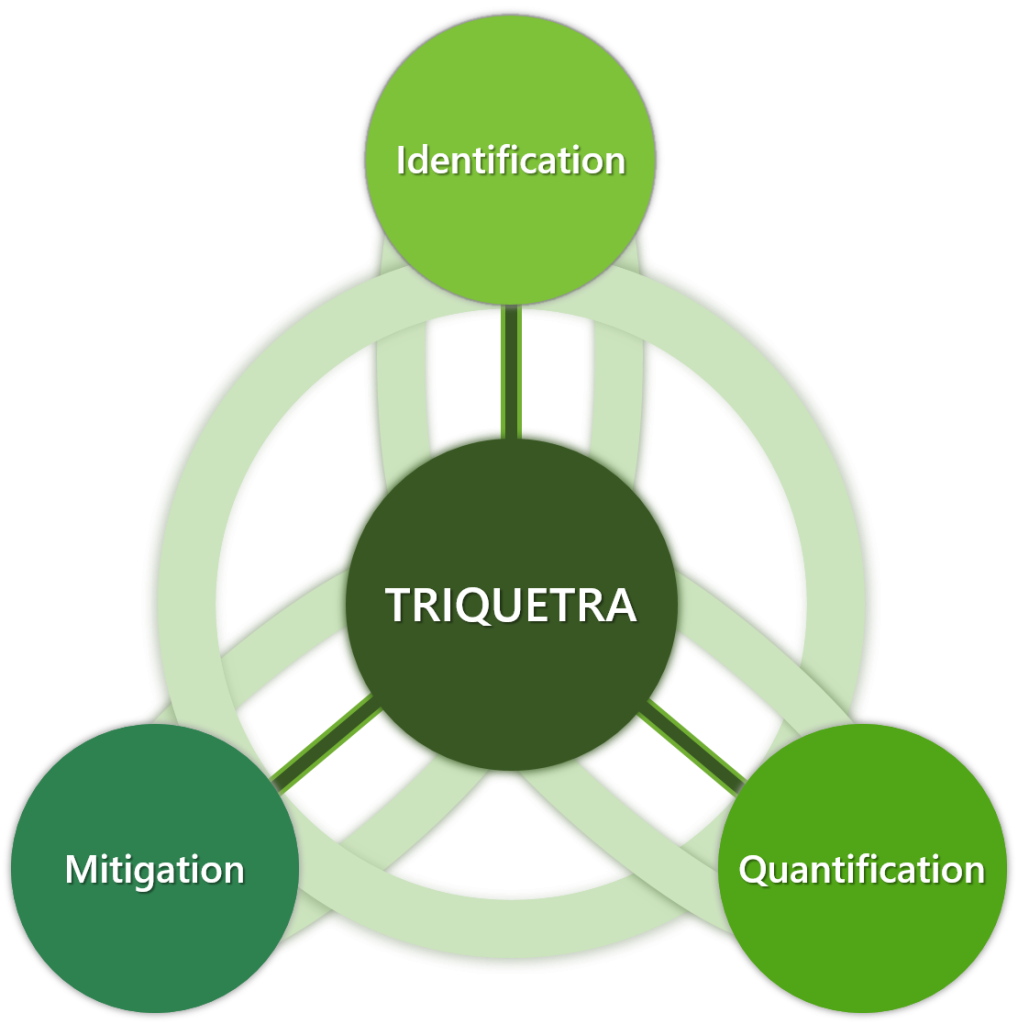
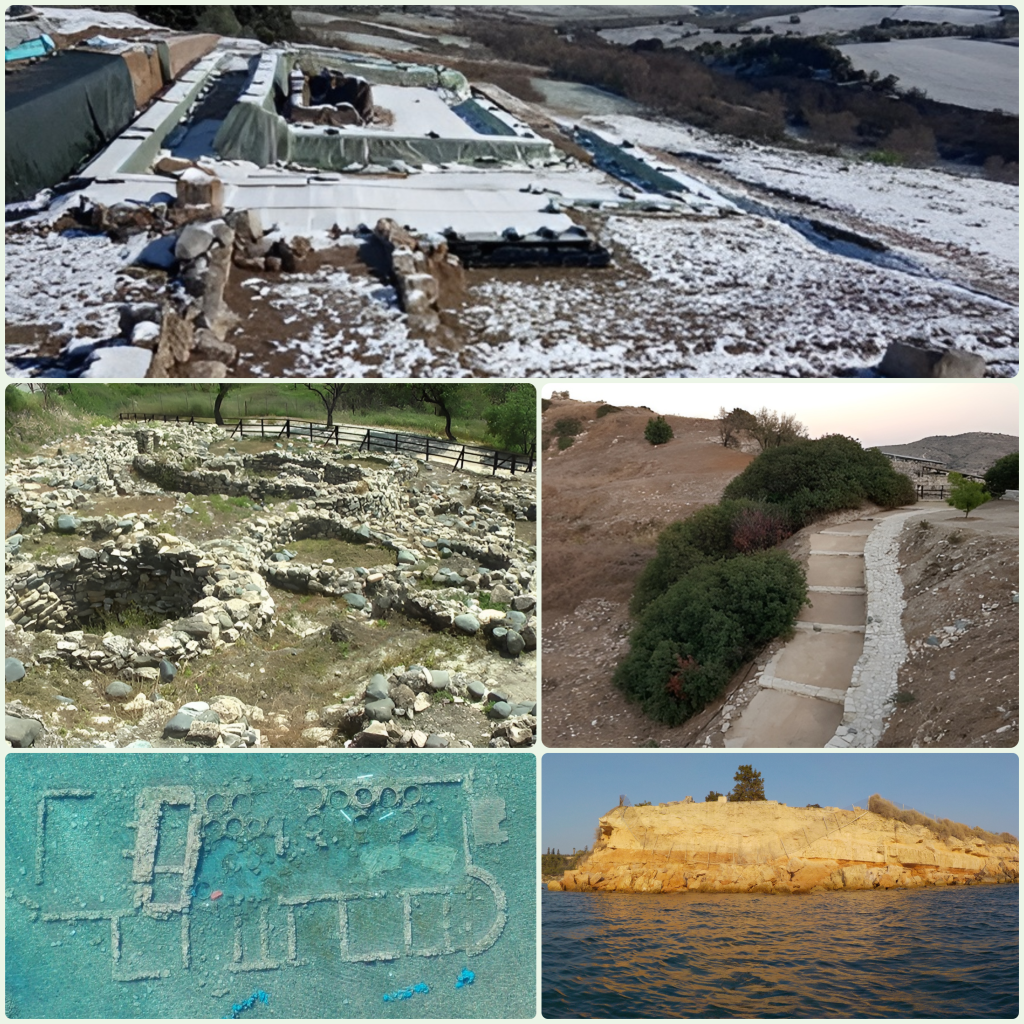
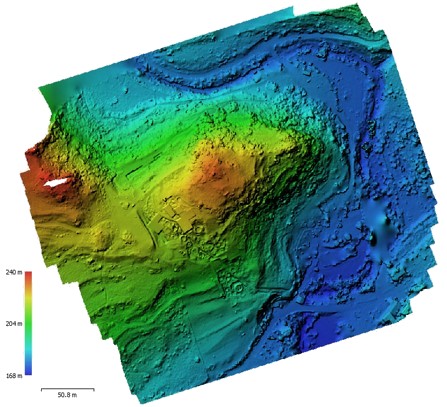
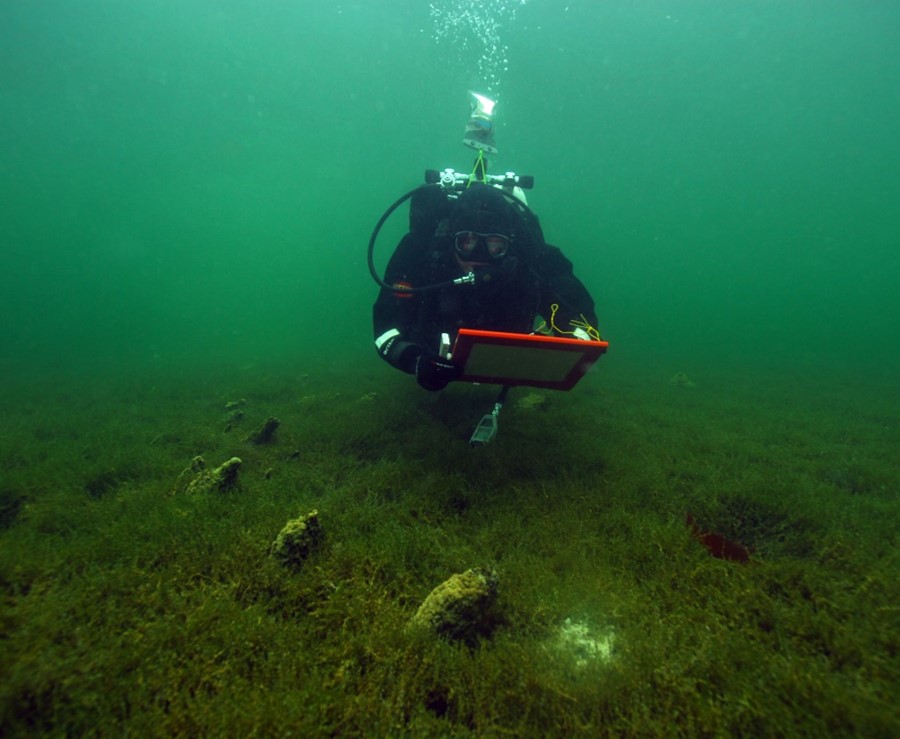
Flash imaging LiDAR
Despite a clear potential of the flash LiDAR for geo-referenced underwater 3D mapping, further developments will be tackled during the project to full demonstrate the applicability to CH site surveys. Emphasis will be put on hardware implementation and data processing to generate depth maps (3D images) over a large area through the mosaicking (or stitching) of single images obtained within a relatively limited field-of-view (FOV) campaigns.
SWARM sensor – pH, temperature, turbidity, ions & O2 in-situ monitoring
The SWARM system will be used to monitor turbidity with main goal to improve 3D mapping of shallow water with novel flash imaging LiDAR technology. It will provide meaningful data in optimising LiDAR data.
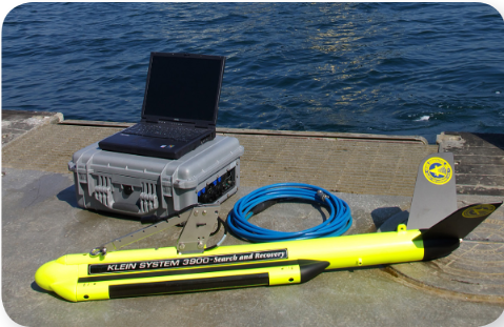
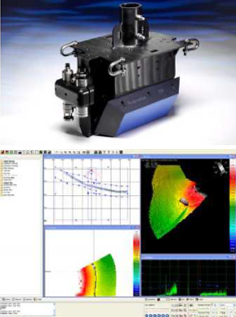
Laser-based spectroscopic sensor for in-situ real-time water quality analysis
Infrared (IR) spectroscopy is among the main laboratory tools to detect, measure and characterize organic material such as hydrocarbons and a plethora of compounds that exhibit strong fingerprint signature in the mid-IR spectrum. Such analysers are used in laboratories and can be implemented as tools in the field.

The TRIQUETRA DSS
In TRIQUETRA, we will develop a DSS that will enable stakeholders and decision makers to make the most educated decisions related to risk mitigation and remediation of endangered CH sites. In addition, TRIQUETRA will develop a set of novel nanotechnology based coatings for preserving CH sites, without compromising their authenticity. TRIQUETRA will put together a Knowledge Base platform, comprising all existing methods and techniques for remediating such CH sites, while also developing novel CH protection technologies, going beyond state of the art